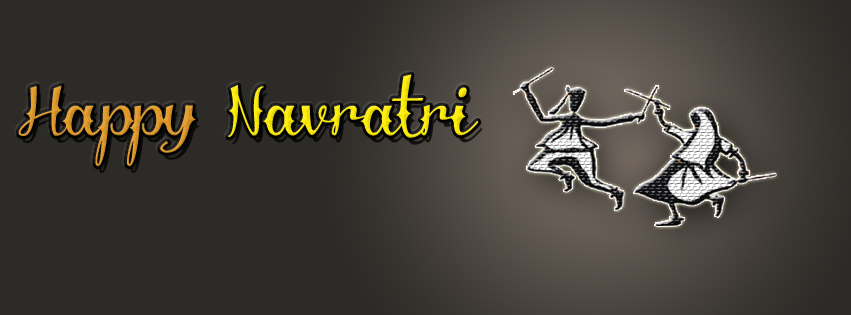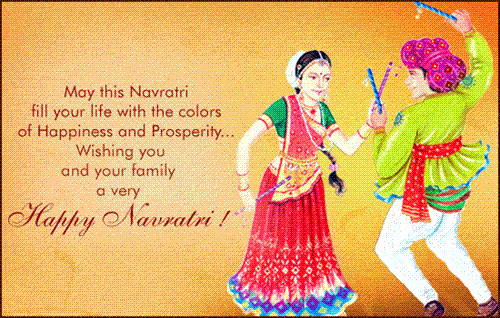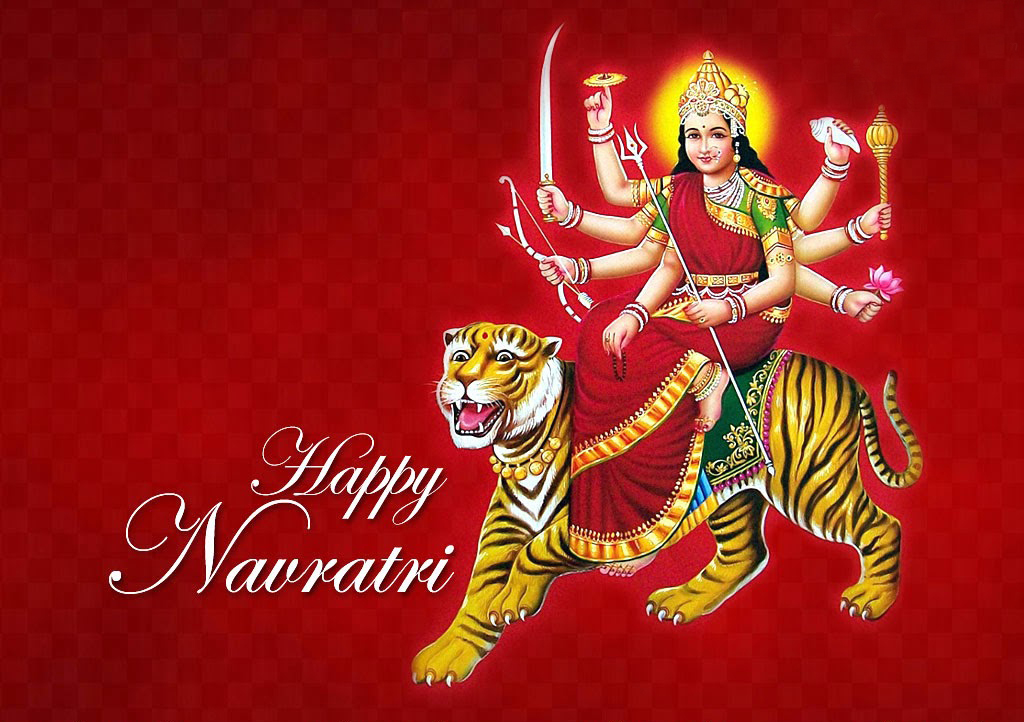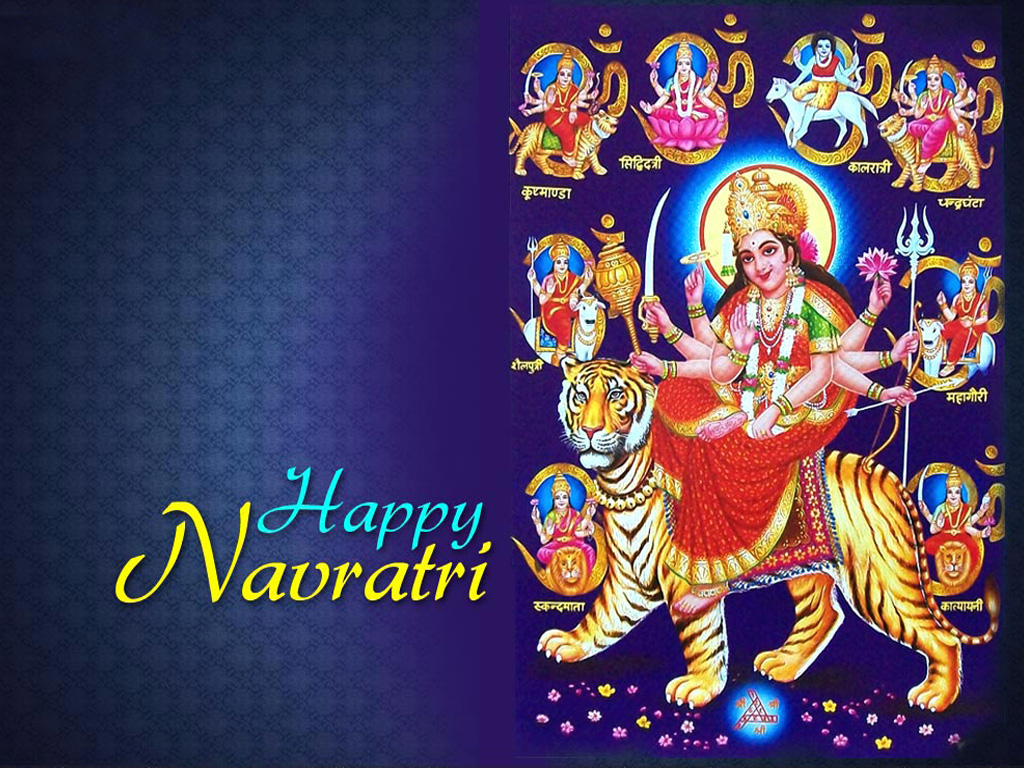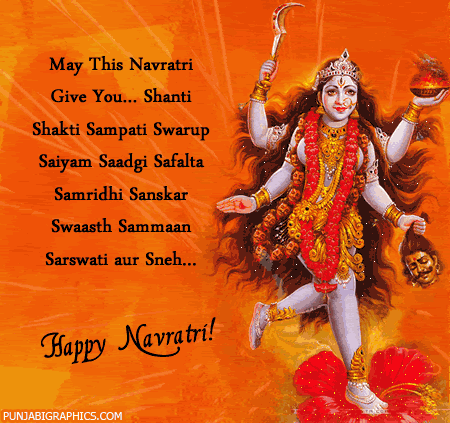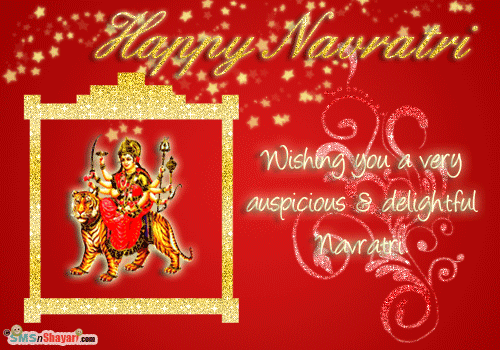
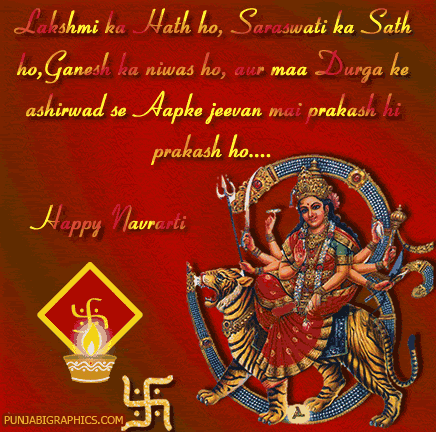
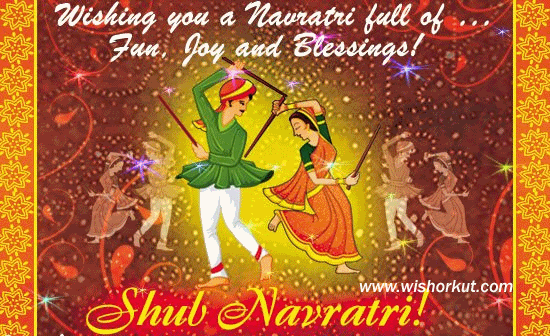







Bigg Boss 19: Daily Discussion Thread - 3rd Dec, 2025
FAMILY TREE 3.12
REVISION OF YRKKH 4.12
🏏South Africa tour of India 2025: India vs SA - 2nd ODI🏏
5000 episodes of YRKKH
What made you guys start watching?
Tribute To Legacy
Should "Megastar" King Khan stop dancing at weddings at 60?
Dr Kaira Chapter Discussions Thread
My Box Office Predictions for Dhurandhar
They have only one topic! “GK”
Kriti Sanon s sister s wedding/Kartik s sisters wedding.
Rana Daggubati and Dulquer Salmaan disagrees with Deepika’s demands
Paparazzi Hit Back At Jaya Bachchan Call For Boycott
2nd December episode Discussion thread
Downfall Of Govinda
Dhurandhar reviews and box office
Yami calls out the PR against Dhurandhar and Hrithik supports.
The days of friendship and love Season4 SS IshVi RishRee
Traditions of Navaratri
Navaratri is celebrated five times a year. They are Vasanta Navaratri, Ashadha Navaratri, the Sharad Navaratri, the Paush/Magha Navaratri and the Magha Navaratri. Of these, the Sharad Navaratri of the month of Puratashi and the Vasanta Navaratri of the Vasanta kala are the most important. The other two are observed by shaktas only.
1. Vasanta Navaratri: Vasanta Navaratri, it's nine days are dedicated to the nine forms of Shakti (Mother Goddess) in the month ofChaitra (March-April) and is observed during the Shukla Paksha (waxing phase of moon) of Chaitra. The beginning of this Navaratri also marks the start of the new year as per the Hindu mythological lunar calendar (Vikrami Samvat).
2. Ashad Navaratri : Ashad Navaratri, also referred to as Gupta, Gayatri or Shakambhari Navaratri, is nine days dedicated to the nine forms of Shakti (Mother Goddess) in the month of Ashadha (June-July). It is observed during the Ashadha Shukla Paksha (waxing phase of moon). This is mostly observed by shaktas only
3. Sharad Navaratri: This is the most important of the Navaratris. It is simply called Maha Navaratri (the Great Navaratri) and is celebrated in the 'pratipada' (first day) of the bright fortnight of the lunar month of Ashvin. Also known as Sharad Navaratri, as it is celebrated during Sharad (beginning of winter, September-October).
4. Pausha Navaratri: Paush Navaratri is observed during the Pausha Shukla Paksha, the waxing phase of moon, in the month of December-January.
5. Magha Navaratri: The Magha Navaratri is also a kind of Gupta Navaratri. The waxing phase of moon in January-February marks the beginning of Magha Navaratri.
Shardiya Navaratri is the most popular and significant Navaratri of all Navaratris. That's why Shardiya Navaratri is also known as Maha Navaratri.
It falls in lunar month Ashwin during Sharad Ritu. The name Shardiya Navaratri has been taken from Sharad Ritu. All nine days during Navaratri are dedicated to nine forms ofGoddess Shakti. Shardiya Navaratri falls in the month of September or October. The nine days festivity culminates on tenth day with Dussehra or Vijayadashami.
History and origin of Navratri
In different parts of India, different legends describe the origin of Navratri...
North India
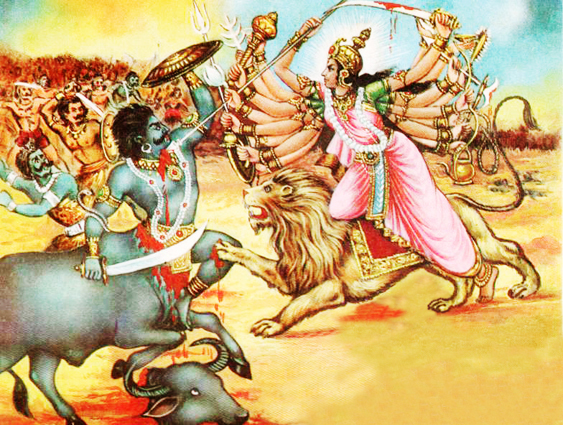
The legend in North India goes that Mahishasura, the mighty demon, worshipped Lord Shiva and obtained the power of eternity. Soon, he started killing and harassing innocent people and set out to win all the three lokas. The gods in swargaloka appealed to Lord Shiva, to find a way to get rid of the demon. To protect the world from the atrocities of Mahishasura, the Trinity of Brahma, Vishnu and Shiva united their powers and created a divine female warrior, known as Goddess Durga. Mahishasura, when he saw the divine beauty of Goddess Durga, got mesmerized.
So fascinated was Mahishasura by Goddess Durga's beauty that he approached her with the intention of marriage. The goddess agreed to marry him, but put forth a condition - Mahishasura would have to win over her in a battle. Mahishasura, proud as he was, agreed immediately! The battle continued for 9 nights and at the end of the ninth night, Goddess Durga beheaded Mahishasura. The nine nights came to be known as Navratri, while the tenth day was called Vijayadashmi, the tenth day that brought the triumph of good over evil.
Eastern belief
As per the legend prevalent in East India, Daksha, the king of the Himalayas, had a beautiful and virtuous daughter called Uma. She wished to marry Lord Shiva, since her childhood. In order to win over the Lord, she worshipped him and managed to please him as well. When Shiva finally came to marry her, the tiger-skin clad groom displeased Daksha and he broke off all the relationships with his daughter and son-in-law. One fine day, Daksha organized a yagna, but did not invite Lord Shiva for the same.
Uma got so angry at her father's rude behavior, towards her husband, that she decided to end her life by jumping into the agnikund of the yagna, where she was united with eternity (since then, she came to be known as Sati). However, she took re-birth and again won Shiva as her groom and peace was restored. It is believed that since then, Uma comes every year with Ganesh, Kartik, Saraswati and Laxmi and two of her best friends or 'sakhis', called Jaya and Bijaya, to visit her parent's home during Navratri.
Another legend Ram and Ravan
Yet another legend of Navratri relates to the Hindu epic Ramayana. It goes that Lord Rama worshipped Goddess Durga in nine aspects, for nine days, in order to gather the strength and power to kill Ravana. He wanted to release Sita from the clutches of powerful demon king Ravana, who had abducted her. Those nine nights became to be known as Navratri and the tenth day, on which Lord Rama killed Ravana, came to be called Vijayadashmi or Dusshera, signifying Rama's (good) triumph over Ravana (evil).

Customs & Rituals of Navratri
The main ritual of Navratri, celebrated on September-October, consists of placing images of Goddess Durga, in homes and temples. The devotees offer fruits and flowers to the Goddess. They also sing bhajans in her honor.
The first three days of Navratri are devoted exclusively to the worship of Goddess Durga, when her energy and power are worshipped. Each day is dedicated to a different appearance of Durga, namely Kumari, Parvati and Kali.
There is also a custom of planting barley seeds in a small bed of mud on the first day of puja. The shoots, when grown, are given to the attendees, as a blessing from Goddess, after the puja ceremony.
These fourth, fifth and sixth days of Navratri are dedicated to Goddess Lakshmi, the Goddess of Wealth & Prosperity. Goddess Saraswati is also prayed to, on the fifth day, which is known as Lalita Panchami.
The seventh day is dedicated to Goddess Saraswati, while the Goddess of Art and Knowledge is worshipped on the eight day and a yagna is also performed.
The ninth day is the final day of Navratri celebrations, which is also known as 'Mahanavami'. On this day, Kanya puja is performed, where nine young, who have not yet reached the stage of puberty, are worshipped. Each of these nine girls symbolizes one of the nine forms of Goddess Durga. The feet of the girls are washed, to welcome the goddess and show respect to her. Thereafter, the girls are offered food and a set of new clothes, as a gift from the devotees.
The nine-day Navratra celebrations, which fall in September-October, come to an end with the immersion of the idols of Goddess Durga in water.
Dandiya and Garba are the featured dances performed on the evenings of Navratri, mainly in Gujarat. Garba is performed before the 'aarti', as devotional performance in the honor of the Goddess, while Dandiya is performed after it, as a part of the celebrations.
In case of September-October Navratri celebrations, the tenth day is celebrated as Dussehra. On this day, devotees perform 'Saraswati Puja', for blessings of knowledge and mental peace. On the day, the burning of the dummy of demon king Ravana also takes place.
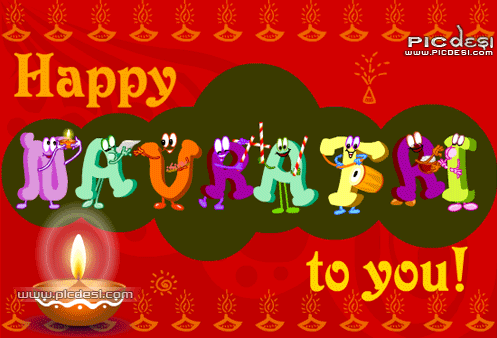


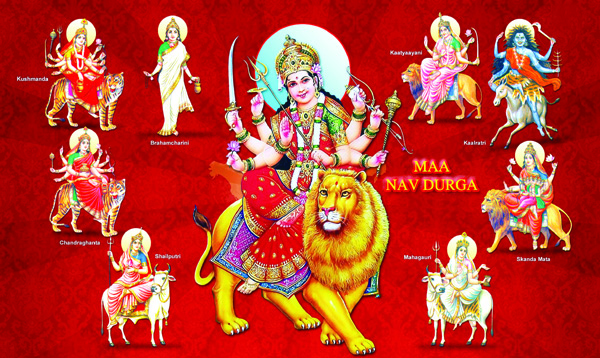

Many of us believe in the philosophy of quitting their favourite edible or avoiding materialistic luxuries to please the God and receiving blessings in return for fulfillment of the desired wish. This concept is prevalent during the seven or eight days of fasting of Navratras. During the seven or eight day period, the devotees performs complete (Nirjal or Nirahar) fast or partial fast for pleasing Goddess Durga and seeking her divine grace.
The devotee performing fast wake up early and after having bath they worship the deity. Certain people consume the food just once a day while others prefer a specific diet. High energy (tamsic) food like meat, egg, alcohol, grains, pulses and any kind of spices and salt are avoided in the diet. Beverages like milk, juices, coconut water and tea can be taken along with diet consisting of potato, sago or vrat-snacks. Common salt is replaced by rock salt (sendha namak) during these days.
People observe these fast for either regular seven or eight days and many of them keep it for few days only. The eighth day (Ashtami) or ninth day (Navami) is reserved for paying homage to nine small girls and one boy throughkanya pujan or Kanchika Pujan. Special food is prepared according to the varied rituals among family, which is offered to the nine girls in the form of nine devis. Certain dakshina or new utensils are also offered to them. Then the prasadam is consumed by the family to break their fast and mark the completion of auspicious navratri.
Scientific Relevance:
Fasting is a natural healer as during this process the energy is utilised for maintaining the metabolic rate and restoring the immune system. It heals the dead cells and damaged tissues of the body along with burning away the extra toxins. Fasting is also recommended as it helps in maintaining the salt balance in the body as extra salt and deficiency of salt, both are harmful for us.
Thus the seven or eight day of fasting is a way of expressing the faith and devotion in Goddess Durga. As time is changing, so does the patterns of fasting but in any way you perform it, your faith should be intact. Whether you hold a wish within you or not, Ma Durga will surely bestow her blessings and love upon your family.
Significance of Garba, Dandiya dance forms
Navratri not only symbolises the victory of good over evil (Goddess Durga's victory over Mahishasur) but also celebrates the spirit of Indian culture in its togetherness. Devotees, not only celebrate the festival by offering prayers to the Goddess but also wear traditional and colourful dresses, sing folk song and indulge in other fun activities like- playing Garba and Dandiya.
Besides setting the festive mood, these dance forms also hold a special significance in the 9-day long festival. Garba and Dandiya are believed to be the dramatisation of the fight between the Goddess and Mahishasur- the mighty demon king. The sticks of the Dandiya dance represent the sword of Goddess Durga. This is the reason why the dance form is also known as The Sword Dance.'


